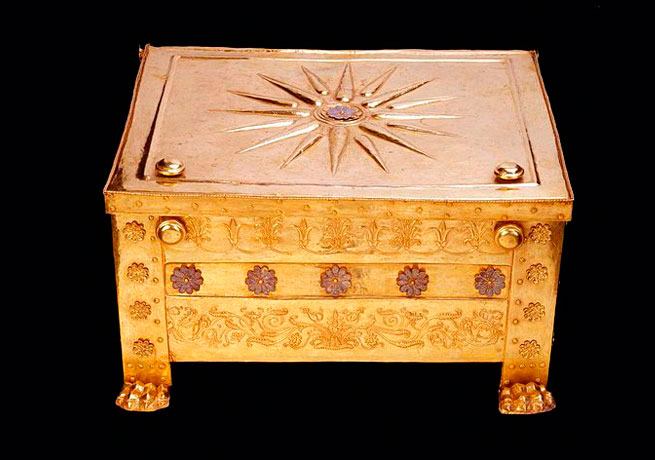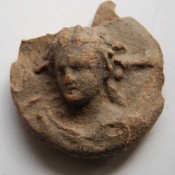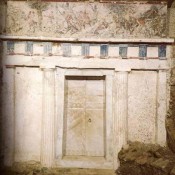A small part of Philip II’s skeletal material, found inside the golden larnax, one of the most valuable objects of antiquity, will be transported to the NCSR Demokritos and to the Thessaloniki Archaeological Museum’s Laboratory.
The transportation’s aim is to submit under microscopic photography and investigation through special methods of analysis the unknown material that has been deposited on the bones. The bones have been located together with the larnax in the main chamber of tomb II of Vergina’s Great Tumulus.
This material has also been found in other tombs in Macedonia but this is the first time that an exhaustive research about its chemical and mineralogical composition is taking place. The material’s detection will offer invaluable information on the larnax’s corrosion processes, as well as on the ritual materials of the time.
The request of the fragments’ transportation, submitted by the Director of the Aristotelian University of Thessaloniki excavation in Vergina, Prof. Ch. Saatsoglou-Paliadeli, has been approved by the Central Archaeological Council.




